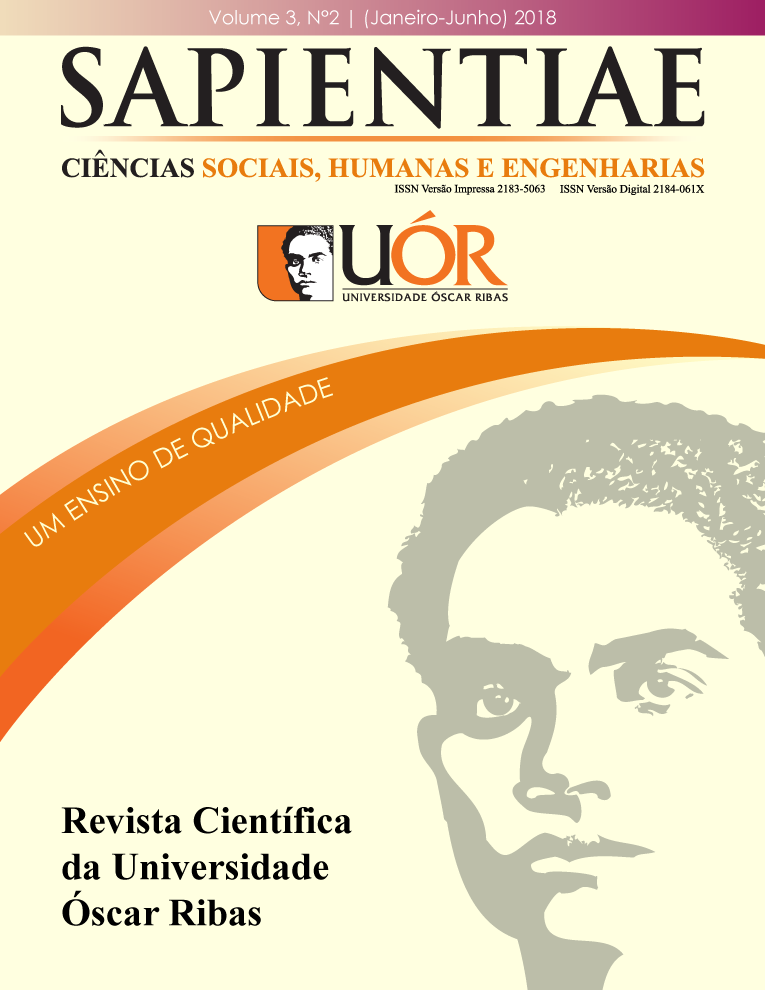Monetary union, feasibility for latin America
DOI:
https://doi.org/10.37293/sapientiae32.04Keywords:
Latin America, integration, monetary union, exportAbstract
As a result from a series of events and events that took place in the economic order throughout history and that influenced the political conduction of the countries, it is the interest of many continents, regions and countries to design a monetary union. The objective that arises for the present investigation is to analyze the existing conditions in Latin America for the possible implementation of a monetary union, for the development of the objective we rely on the criterion of authors of relevant international trajectory in the areas of economy and finance such as Bayoumi, Eichengreen, nobel prize laureates Joseph Stiglitz and Robert Mundell were also consulted, their significant contributions were a great contribution for the present investigation. The methodology used was the realization of a retrospective and transversal analysis of the reality of Latin America to implement the monetary union. Both the proposed objective and the methodology, together with other research techniques, allow us to state, as main results, that Latin American countries have insufficient capacity to obtain sufficient foreign currency to maintain and / or stabilize their balance of payments and close its international accounts, it is argued that the use of numerous currencies creates multiple difficulties for regional commercial exchange. It is considered as final considerations that Latin America still does not meet the necessary conditions for a single currency to circulate since the economic models of the different countries of the region are totally divergent from each other.References
Bayoumi, Tamim y Eichengreen, Barry. (2000). Sobre los arreglos monetarios regionales para la ASEAN. Revista Internacional de Economía Japonesa, vol. 14, Nro. 2, Tokio, Japón, (Pp.121-148).
Fernández, Fernando. (2011). El fin de las Uniones Monetarias. El Mundo. Extraído de www.youtube.com/watch?v=Y1toyyh9tSo. Consulta: 14/03/2016
García, Diego. (2014). Unión Monetaria: ¿Recomendación para Latinoamérica? El espectador. Extraído de www.blogs.elespectador.com/economia/el-mal-economista/union-monetaria-recomendacion-para-latinoamerica. Consulta: 17/11/2016
Khoudour-Casteras, David. (1999) ¿Una moneda única para América Latina? (primera edición). Editorial Universidad Externado de Colombia. Colombia.
Llinás, Fernando. (2011). América latina: ¿Una moneda única? Redacción portafolio. Extraído de www.portafolio.co/opinion/redaccion-portafolio/america-latina-moneda-unica-130036. Consulta: 05/04/2016
Mundell. Robert. (1965). El sistema monetario internacional; Conflicto y reforma, (primera edición), editorial Comité de Comercio Canadiense. Canadá.
Powell, Andrew y Sturzenegger, Federico. (2003). Dolarización: el vínculo entre la devaluación y el riesgo de incumplimiento, (primera edición) editorial MIT Press. Estados Unidos.
Purroy, Miguel. (2013)¿Moneda común o propia?(primera edición) Editorial Melvin. Venezuela.
Reina, Mauricio. (2010).Una moneda única para América Latina. Extraído de www.youtube.com/watch?v=od3-jBpEPdo. Consulta: 06/10/2016
Soberón. Francisco.(2009). Finanzas Internacionales y Crisis Global. (primera edición) Instituto Cubano del Libro. Editorial José Martí. Cuba.
Soberón. Francisco. (2014). EURO: Unión Monetaria y Crisis. (segunda edición) Instituto Cubano del Libro. Editorial de Ciencias Sociales. Cuba.
Stiglitz, Joseph. (2016). El euro: cómo una moneda común amenaza el futuro de Europa (primera edición). Editorial Norton Company. Estados Unidos.
Wikipedia. Enciclopedia libre. (2017). Monetaria es. Extraído de www.es.wikipedia.org/wiki/Union_monetaria. Consulta: 15/07/2016
Downloads
Published
Issue
Section
License
The content of the publications are of absolute responsibility of the authors and not of the Oscar Ribas University or the SAPIENTIAE Journal. The Journal allow the author(s) to hold the copyright of the papers.
This journal is Creative Commons Attribution-NonCommercial-ShareAlike 4.0 International.


